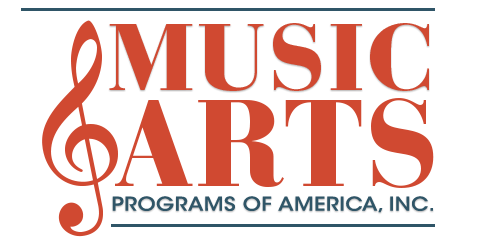Description
Dvorák was not the only great composer who had a special affinity with the viola. Bach, Mozart and Haydn also sought out every opportunity to play the viola in ensemble music, preferring it to the violin or the cello. For, where a violinist must concentrate on melody at the expense of the bass and a cellist must focus on the bass-line at the expense of melody, the violist sits between melody and bass and can pay equal attention to both. The violist’s part, moreover, often contains strategic notes of the harmony-the subtle underpinnings that endow the melody and bass with their thrust and shape. The viola desk thus offers a composer an ideal vantage point for experiencing music from the inside, dealing with the nuts and bolts of the score while surrounded by melody and bass in ideal balance.
Given this proclivity it seems strange, perhaps, that these composers totally ignored the viola as a stand-alone solo instrument. Mozart employed solo viola only in tandem with solo violin; neither Bach, Haydn, nor Dvorák produced a single solo viola work. The reason for this, however, was sheerly practical: the public, during the eighteenth and nineteenth centuries, had virtually no interest in solo viola music, no matter how eminent the composer was. Fortunately, things are different today. For the present CD, Bernard Zaslav has selected a variety of Dvorák scores for violin, for cello and for voice-some ubiquitously popular, some virtually unknown-and transcribed them for Dvorák’s own instrument: the viola.
Since their Carnegie Recital Hall debut in 1962 as the Zaslav Duo, violist Bernard Zaslav and pianist Naomi Zaslav have established themselves as pioneers in performance and recording of the literature for viola and piano. In addition to playing the existing repertory, they have inspired many adventurous works by contemporary composers as well. Mr. Zaslav’s recording of Cesar Franck’s A Major Sonata for violin and piano, in his own transcription, was a first on viola. As a longtime chamber-music performer, the opportunities afforded the instrument in so much of Dvorak’s writing inspired him to transcribe these works as well for the Duo. Zaslav was a founding member of the Composers Quartet, a longtime member of the Fine Arts Quartet, and most recently of the Stanford String Quartet. His wife and longtime partner, the pianist Naomi Zaslav, has appeared frequently as guest artist with the Kohon, Composers, Fine Arts and Stanford String Quartets throughout the country.
DVORÁK’S VIOLA: WORKS TRANSCRIBED FOR VIOLA AND PIANO BY BERNARD ZASLAV ANTON?N DVORÁK: Four Romantic Pieces, Op. 75 (orig. violin/piano); Rondo, Op. 94 (orig. cello/orch. or piano); Four Songs, Op. 2 (orig. soprano/piano); Song, “All ye that labour”, Op. 31, #4; Song, “All through the night”, Op. 31, #5; Sonatina in G, Op. 100 (orig. violin/piano); “Klid” (Forest Silence), Op. 68, #5 (orig. cello/orch. or piano); Song, “As My Mother Taught Me”, Op. 55, #4; Slavonic Dance in g, Op. 46, #2 (Dvorák/Kreisler); Romance, Op. 11 (orig. violin/orch. or piano). The Zaslav Duo: Bernard Zaslav, viola, & Naomi Zaslav, piano. Total time: 75:26 (DDD) UPC #0-17685-49532-8








Reviews
There are no reviews yet.